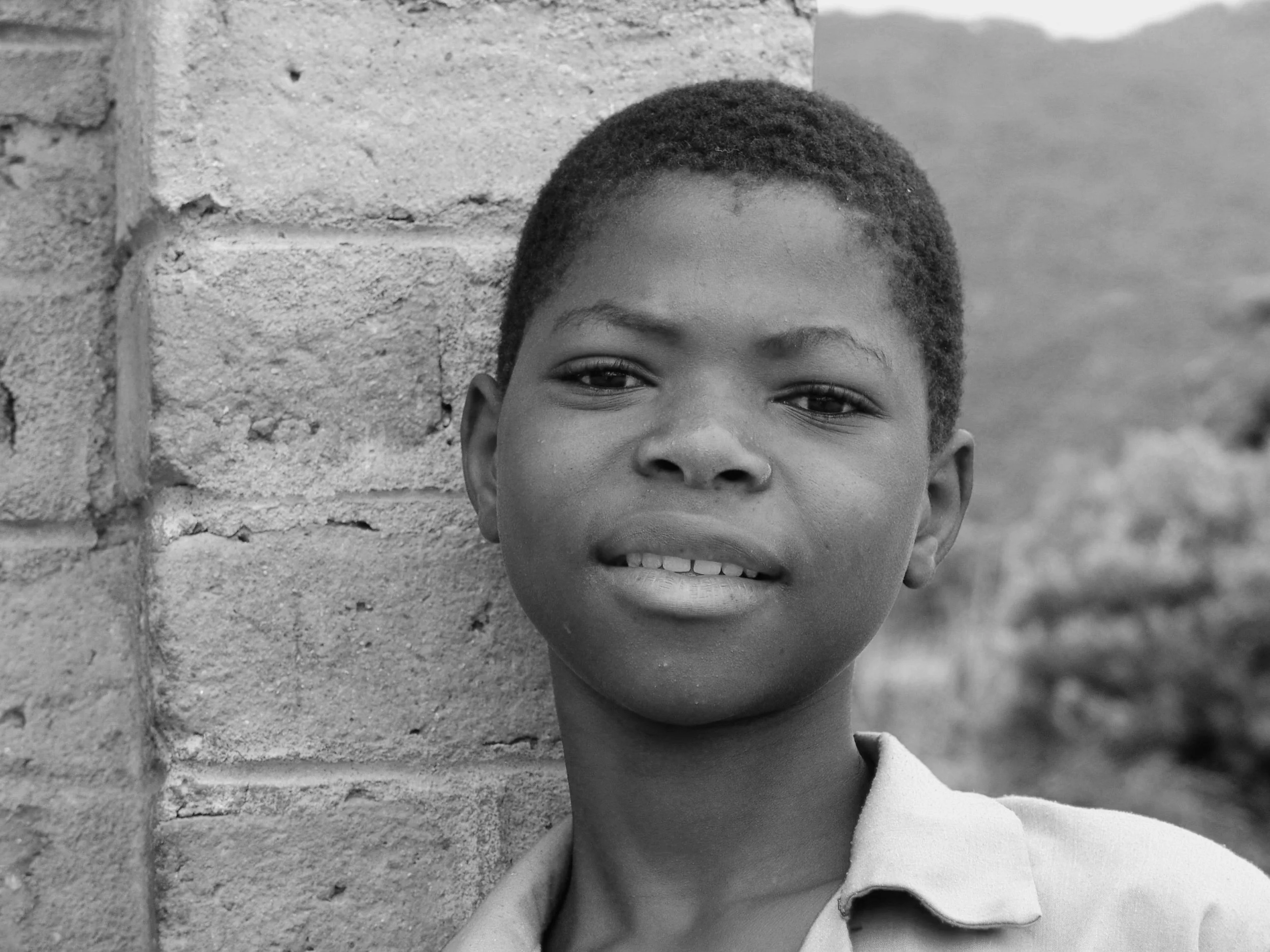About
Build African Schools.
MISSION
At Build African Schools, we believe that education is the key to breaking the cycle of poverty and creating lasting change. Our mission is to fund the construction of safe, high-quality schools in underserved communities across Kenya, giving children access to the education they deserve. By working alongside local leaders, educators, and donors, we ensure that every school becomes a foundation for opportunity, empowerment, and a brighter future.
Fifty-four countries make up the continent of Africa, making it the second-largest continent both in landmass and population. Africa is home to over 1.4 billion people (as of 2023), accounting for approximately 17.8% of the world’s population.
Africa has the youngest population of any continent, with a median age of 19.7, compared to the global median age of 30.4 (United Nations Economic Commission for Africa).
Despite its vast potential, millions of African children will never set foot in a classroom, and millions more will never advance beyond primary or middle school due to financial, infrastructural, and systemic barriers.
Africa faces numerous complex challenges, including widespread poverty, hunger, inadequate healthcare, lack of clean water, chronic unemployment, limited rural electrification, tribal conflicts, and high rates of preventable diseases like malaria and HIV/AIDS.
At Build African Schools, we firmly believe that education is the single most effective tool in addressing many of these challenges. Our 100% focus is on funding the construction of schools, ensuring that children receive the education they need to break the cycle of poverty, drive innovation, and contribute to economic growth.
The ultimate goal of education is to equip children with literacy, numeracy, and practical skills—not just for their personal success, but for the development and stability of their nations. Schools that provide trained teachers and adequate resources will be the single greatest factor in shaping Africa’s future.
To date, thousands of students attend the primary, middle, and secondary schools that BAS has constructed.
To ensure quality and efficiency in school construction, BAS has partnered with an independent and locally managed construction co-op in Kenya. This co-op is wholly owned and operated by African tradespeople, creating jobs and skills training opportunities while ensuring that all schools meet local building standards.
A typical school takes approximately 8 weeks to construct and costs around $80,000 USD.
To raise awareness and funding, BAS has produced a series of short films showcasing African community life, the impact of education, and the challenges local children face. Some of these videos are available to view in our video library
The educational gap in Africa remains significant:
Only 6% of children in Sub-Saharan Africa will enroll in tertiary (higher) education, compared to 80% in OECD countries (UNESCO).
Universal primary education is projected to be achieved in South Africa by 2030, Kenya by 2065, Tanzania by 2080, and Uganda by 2090, while countries like Burundi and Ethiopia may not reach this goal until the year 2100 (UNESCO).
Through continued investment in education, Build African Schools remains committed to creating lasting change, one school at a time.

